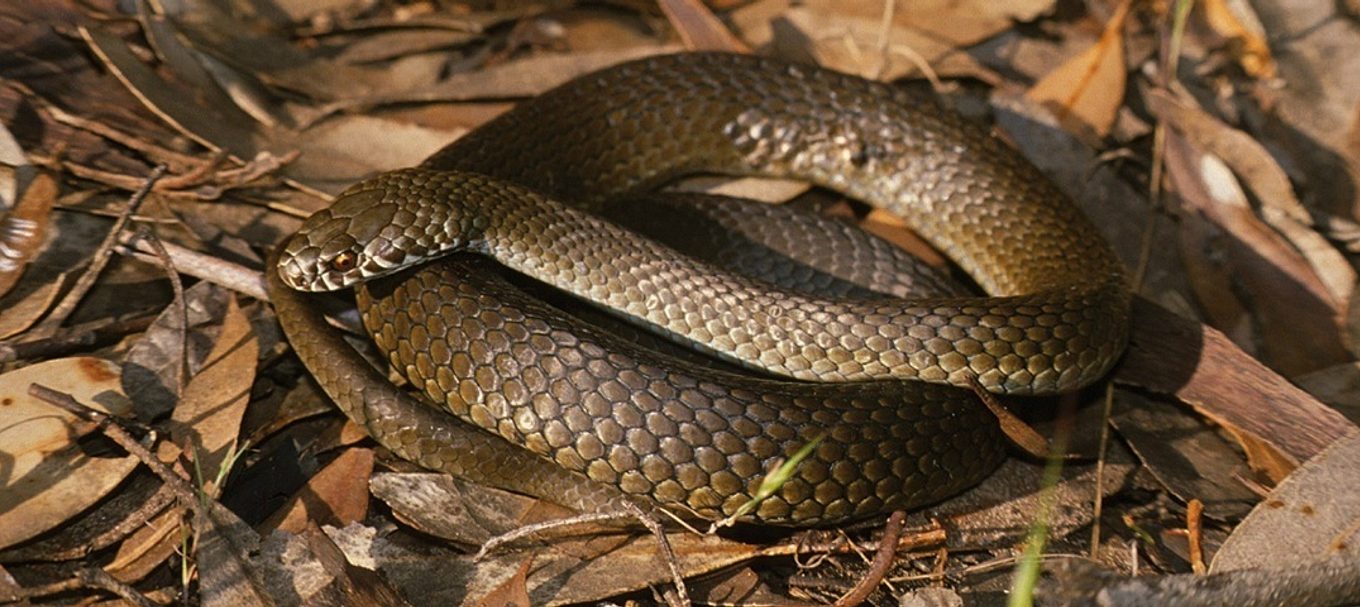
What to do if you see a snake in the wild
It’s that time of the year again; after a long winter sleep, snakes are on the move with two things in mind – finding food and finding a mate.
Snakes live all over South Australia and are common in both urban and rural areas, so you may encounter one during the warmer months. Because of this, it is important to understand their behaviour to ensure we live with wildlife harmoniously. Here's the basics:
There are a range of snakes that you might come across in South Australia:
- Brown snakes are found across much of South Australia, but each region also has its local specialty – and most are venomous. People might also come across red-bellied black snakes around the Adelaide Hills, Fleurieu Peninsula and the lower River Murray.
- Tiger snakes can be found on Kangaroo Island, in coastal areas and across the Limestone Coast.
- Mulga snakes might be encountered across Eyre Peninsula, the far west coast and northern South Australia.
If you see a snake
- Leave it alone. Snakes are generally shy and will not attack unless provoked, so it’s best to leave them be.
- If you see a snake inside your home, keep people and pets away. If possible, contain the snake to a room, then call a professional snake catcher for assistance.
- If you see a snake outside, give it space and watch where it goes. If it’s heading for the bush or an open paddock you probably won’t see it again. If it disappears into a shed or under a vehicle, then you may need to call a snake catcher.
Tips for avoiding a snake bite
- Never try to catch or kill a snake yourself. This is when most bites happen.
- Stick to the trails in national parks and reserves and make a bit of noise when you walk.
- Wear sturdy, enclosed footwear and long pants when bushwalking.
- Keep your yard clear of long grass and rubbish so snakes have nowhere to hide.
- Rats and mice are a snake’s smorgasbord, so clean up after the chooks and control rodents on your property.
If you are bitten
- Always assume the snake may be venomous, even little snakes can be dangerous.
- Keep calm and sit quietly, as this will reduce the speed that the venom can move around your body.
- Call 000 for medical help.
- If you have a first aid kit, apply a firm and tight broad pressure bandage over the bite site as soon as possible then wrap a bandage firmly around the bitten limb, starting just above the fingers or toes and moving upwards on the bitten limb as far as can be reached. Use a splint to keep the bitten limb still.
- Be prepared to commence other first aid such as Cardiopulmonary Resuscitation (CPR).
Remember
- Snakes have an important place in our ecosystem, especially in controlling rats and mice.
- Snakes are protected native animals under South Australian law.
- For more information on maintaining your property to reduce the likelihood of attracting snakes, visit Living with Wildlife.
Want to find out more about South Australian lizards - check out our blog on where to find lizards in SA parks!
Or, if you are interested in learning more about how to keep you and our native animals safe while enjoying nature read 8 ways to stay safe while camping or slow down for wildlife in our parks.
This story was originally published in September 2015.





